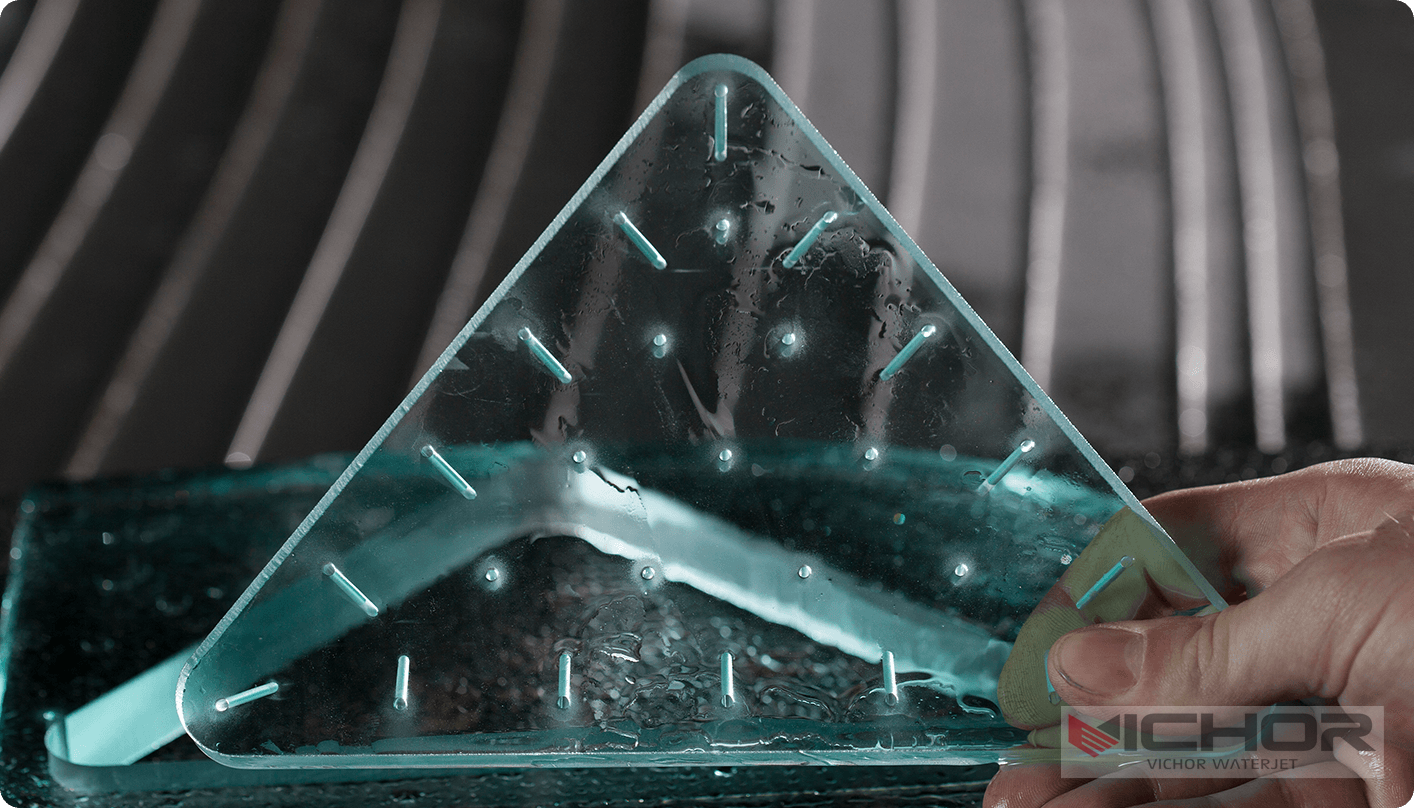
Air Jet Cutter: Transforming Modern Manufacturing with Precision and Power
In the ever-evolving landscape of industrial manufacturing and creative design, the quest for precision, efficiency, and versatility in cutting materials is never-ending. Among the array of advanced cutting technologies, one method stands out for its unique approach and remarkable capabilities: the air jet cutter. This technology, which harnesses the power of high-velocity air, sometimes combined with abrasive particles, is revolutionizing how we slice through everything from delicate fabrics to robust metals. This article delves deep into the world of air jet cutter systems, exploring their mechanics, benefits, applications, and the common challenges users face.
What is an Air Jet Cutter and How Does It Work?
At its core, an air jet cutter is a tool that uses a highly focused stream of compressed air, often accelerated to supersonic speeds, to cut materials. In its pure form, a pure air jet cutter is used for softer materials. However, for harder substances, an abrasive air jet cutter mixes fine particles (like garnet) into the air stream, effectively eroding the material to create a clean cut.
The process begins with an intensifier pump that pressurizes water or air to extremely high levels, often exceeding 60,000 PSI. This pressurized air is then funneled through a small diamond or sapphire nozzle, creating a coherent and incredibly fast jet. In abrasive jet systems, the air stream creates a vacuum that pulls abrasive material into a mixing chamber, where it becomes entrained in the flow. This potent mixture then exits the cutting head, performing precise cuts with a force that belies its non-contact, thermal-free nature.
The Unmatched Advantages of Using an Air Jet Cutter
The growing adoption of the air jet cutter across various industries is no accident. It offers a suite of advantages that traditional cutting methods struggle to match.
First and foremost is its cold-cutting capability. Unlike laser or plasma cutting, which generate significant heat and create Heat-Affected Zones (HAZ) that can alter material properties, an air jet cutter produces no heat. This makes it ideal for cutting materials that are sensitive to high temperatures, such as plastics, textiles, and certain metals.
Secondly, its versatility is astounding. A single air jet cutter machine can seamlessly switch from cutting a thin piece of paper to slicing through 200mm thick titanium or armored glass. This eliminates the need for multiple specialized cutting tools, streamlining operations and reducing capital expenditure.
Finally, the precision and edge quality are exceptional. The air jet cutter produces minimal kerf (the width of the cut) and can achieve intricate details and tight tolerances, often without the need for secondary finishing processes.
Where is the Air Jet Cutter Technology Applied?
The application range of the air jet cutter is a testament to its flexibility. You will find this technology in:
Heavy Industry and Metalworking: For cutting thick metals, alloys, and composites used in aerospace, automotive, and military applications. Its ability to cut through reflective or heat-sensitive materials (like titanium) is a significant advantage over lasers.
Food Processing: In a surprising twist, pure waterjet and air jet systems are used for hygienic, non-contact cutting of food products. They can portion cakes, slice frozen fish, or cut delicate pastries without crushing them.
Textiles and Foams: The air jet cutter is perfect for cutting synthetic fabrics, leather, carpets, and foam for mattresses or upholstery. It seals the edges as it cuts, preventing fraying and unraveling.
Glass and Stone Artistry: For creating intricate designs and shapes in tiles, stained glass, and marble countertops, the precision of an abrasive air jet cutter is unparalleled.
Gaskets and Seals: The technology is ideal for producing custom gaskets from rubber, cork, and composite materials, ensuring a perfect fit and clean edge.
Air Jet Cutter vs. Other Cutting Technologies
How does the air jet cutter stack up against its competitors? The key differentiator is the absence of heat. Laser cutting is fast and precise but struggles with reflective materials and creates HAZ. Plasma cutting is powerful but offers lower precision and generates significant heat and fumes. Die cutting requires expensive physical dies for each new shape.
The air jet cutter sits in a unique sweet spot. It offers the digital flexibility of a laser (being controlled by CAD/CAM software) without the thermal drawbacks. It can cut thicker materials than most lasers and with more precision than plasma. While it may not be the fastest method for thin sheet metal, its unparalleled material versatility often makes it the most efficient choice for job shops and facilities handling diverse materials.
Common Challenges and Questions About Air Jet Cutters
Despite its many benefits, operating an air jet cutter is not without its challenges. Understanding these common issues is key to maximizing the technology’s potential.
1. Nozzle Wear and Maintenance:
The nozzle, particularly the orifice and mixing tube, is subject to intense wear from the high-speed abrasive flow. This is perhaps the most common maintenance concern. Over time, wear can lead to a wider jet stream, reducing cutting precision and speed. A regular preventive maintenance schedule for replacing these consumable parts is essential for consistent performance.
2. Cutting Speed vs. Precision:
While an air jet cutter is precise, achieving the highest level of detail on thick, hard materials can be slower than some thermal methods. Operators must find the right balance between speed, abrasive feed rate, and pressure to optimize the cut for each specific material and desired finish.
3. Moisture and Contamination in the Air Supply:
The compressed air used must be clean and dry. Moisture or oil in the air lines can clog the nozzle, inconsistent pressure, and negatively affect the cut quality. High-quality air dryers and filtration systems are a mandatory supporting component for any air jet cutter setup.
4. “Lag” or Taper in the Cut:
A natural characteristic of the abrasive jet process is that the stream can widen slightly as it moves through the material. This can create a minor taper, where the top of the cut is slightly wider than the bottom. Modern software and advanced cutting heads can compensate for this through “taper compensation” algorithms, tilting the head slightly to produce near-vertical edges.
5. Initial Investment and Operational Costs:
The upfront cost of a high-quality air jet cutter system can be significant. Furthermore, operational costs include electricity, abrasives, and replacement parts. However, this is often offset by the savings from reduced material waste, the elimination of secondary processing, and the ability to take on a wider variety of jobs with a single machine.
In conclusion, the air jet cutter is a formidable and flexible technology that has carved out a critical niche in modern fabrication. Its unique cold-cutting process, incredible material versatility, and high precision make it an invaluable asset across countless industries. By understanding its workings and proactively managing its common maintenance needs, businesses can unlock new levels of productivity and creativity, pushing the boundaries of what is possible in cutting technology.
continue reading
Related Posts
- 1371 words6.9 min read
- 1449 words7.3 min read



